Trump floats 25% tariffs on US auto, drug, chip imports
Published in Political News
President Donald Trump said he would likely impose tariffs on automobile, semiconductor and pharmaceutical imports of around 25%, with an announcement coming as soon as April 2.
The new duties, if implemented, would widen the president’s trade war. Trump previously announced 25% tariffs on steel and aluminum that are set to take effect in March, but Tuesday’s comments are his most detailed yet in specifying other sectors that would be hit with fresh barriers.
“I probably will tell you that on April 2, but it’ll be in the neighborhood of 25%,” Trump told reporters at his Mar-a-Lago club when asked about his plan for auto tariffs.
Asked about similar levies on pharmaceutical drugs and semiconductor chips, the president said: “It’ll be 25% and higher, and it’ll go very substantially higher over a course of a year.” Trump said he wanted to give companies “time to come in” before announcing new import taxes.
“When they come into the United States and they have their plant or factory here there is no tariff, so we want to give them a little bit of a chance,” he said.
New levies on automobiles would have sweeping effects on the industry. The roughly 8 million passenger cars and light trucks brought into the U.S. last year accounted for about half of U.S. vehicle sales. European carmakers including Volkswagen AG and Asian companies including Hyundai Motor Co. would be a among the most affected due to the share of their U.S. sales that are imported.
Trump did not specify whether the measures would target specific countries or apply to all vehicles imported to the U.S. It’s also unclear whether cars made under a free trade agreement with Canada and Mexico would be spared from industry-specific duties, should they take effect.
The American Automotive Policy Council, which represents Detroit’s automakers, has said vehicles made in North America that comply with the requirements of that deal should be exempt from new levies.
Industry experts, lobby groups and executives have warned that steep new tariffs on the industry would have broad ripple effects, including higher prices for consumers and steep new costs for the industry.
Other countries have promised swift retaliation once Trump’s tariff are applied and said they’d target politically sensitive goods that are made in Republican states.
The European Union’s top trade official is traveling to Washington this week to meet his counterparts for a last-ditch effort to avoid getting hit by duties in April. Trump, however, has signaled there’s not much any one country can do to get out from the tariffs if he views the trading relationship as unbalanced.
Trump has also threatened other streams of tariffs, all part of an effort to rebalance the U.S.’s trading relationships across the globe. The president has long accused other countries of ripping off the U.S. and views import duties as a way to bring industries back to America and collect more revenue. Many economists say they would raise consumer prices for Americans and stymie the fight against inflation.
The president has said he would apply “reciprocal” levies on a country-by-country basis as soon as April, though specifics are still being determined. He has also threatened duties on some of the U.S.’s biggest trading partners, such as a 10% rate already applied to China and 25% tariffs on Canada and Mexico that have been deferred until at least March 4. The measures would stack on top of one another, meaning that Mexican and Canadian producers in certain sectors could pay as many as three tariffs.
Altogether, Trump’s moves, if enacted, would remake supply chains and trade flows — and U.S. prices. Tariffs are paid by importers and often passed onto consumers, though sometimes offset by price reductions abroad.
_____
(With assistance from Stephanie Lai and Jenny Leonard.)
_____
©2025 Bloomberg L.P. Visit bloomberg.com. Distributed by Tribune Content Agency, LLC.





























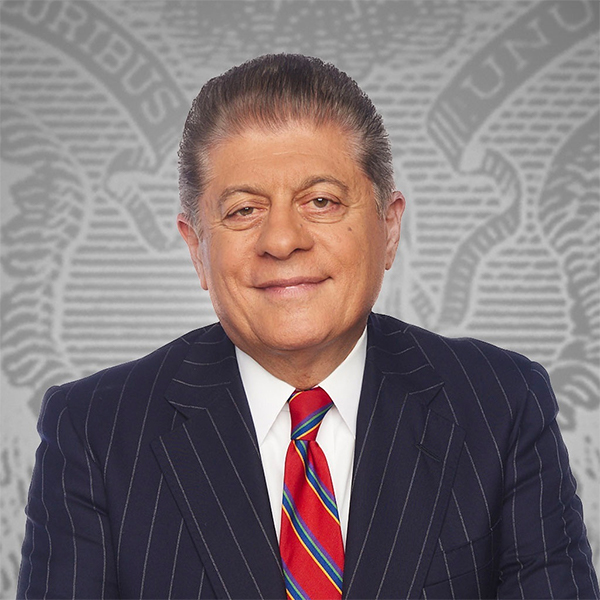



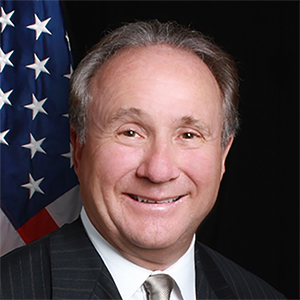





















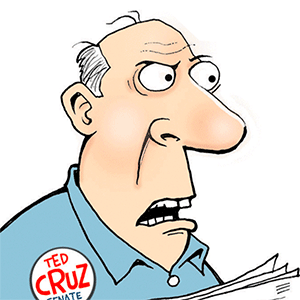


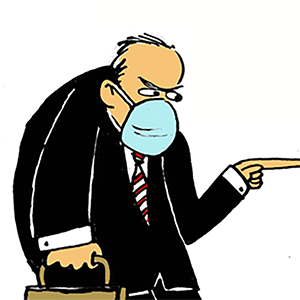
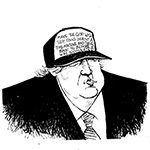
Comments